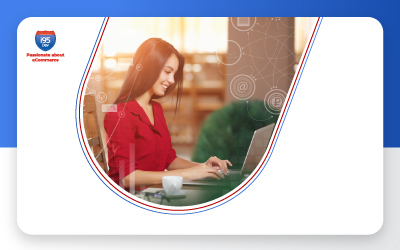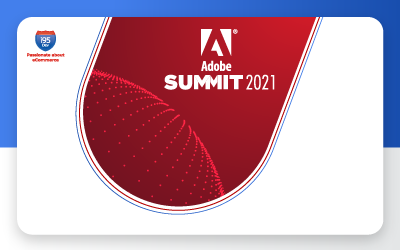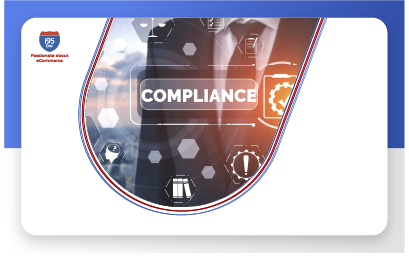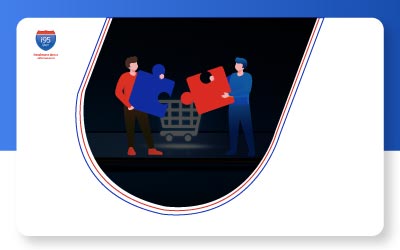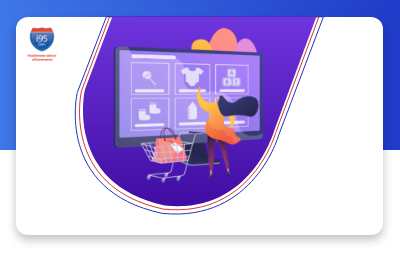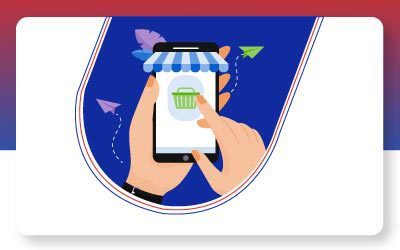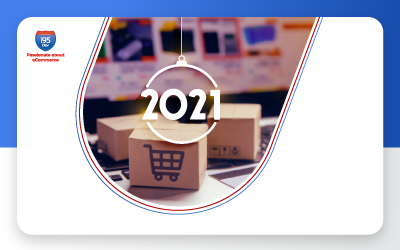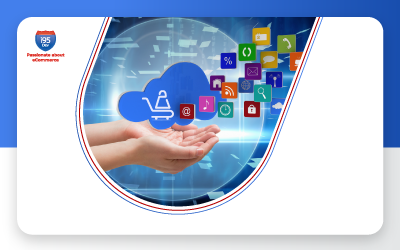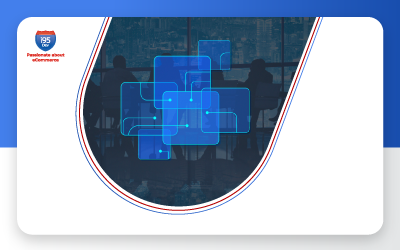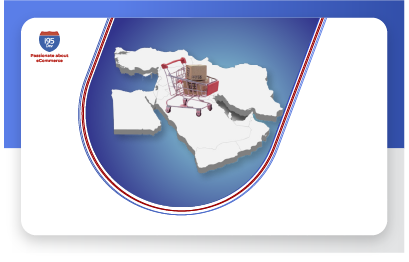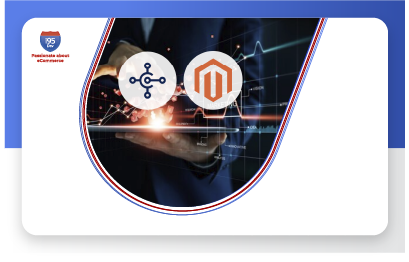In the last blog, we had looked at the 6 steps to personalize the shopping experience of your eCommerce customer. While email personalization was one of them, email personalization needs attention in all exclusivity. But before we get there, we recommend you read our previous blogs in the eCommerce personalization series, if you have not already read them.
- Blog 1 – How the concept of eCommerce personalization evolved,
- Blog 2 – Data you can leverage to arrive at the right ecommerce personalization strategy,
- Blog 3 – 6 Benefits of eCommerce personalization,
- Blog 4 – 11 Myths of eCommerce personalization Part 1, and
- Blog 5 – 11 Myths of eCommerce personalization Part 2
- Blog 6 – 6 Steps to Personalize the Shopping Experience of your eCommerce Customers
Why Email Personalization?
Emails are one of the most effective marketing tools used by marketers across industries to generate leads. Emails enable you to reach a larger audience, help you get discovered, and deliver the message you want. This is true for all emails, even for the ones that are not personalized to the users’ requirement. Email personalization takes the effectiveness of emails as a medium to the next level.
“Personalized emails improve click-through rates by 14%, and conversion rates by 10%” – Aberdeen Group
Consider this, how does your response change when someone addresses you by name and shares with you the information you find relevant compared to a random announcement. Emails work the same one because of which email marketers have now shifted toward personalization simply because they work.
Personalization works because it makes the reader feel special, it makes conversation personal (like it is coming from a friend) and communication relevant forcing you to act. Consider this, according to a survey 95% of email marketers see an open-rate increase with personalization. According to another study, personalization emails deliver 6 times higher transaction rates.
Let us explore email personalization in little more detail but stay assured that email personalization certainly goes beyond addressing the reader by name or having a favorable subject line. The essence of personalization or what brings the entire ambition to the fore is the role of unique content.
Role of Dynamic User Content in Email Personalization
In the classic email personalization technique, you have a generic template with placeholders for the name, designation, organization, etc. You send out the same email with only these few placeholder values changed. In the modern email personalization, you send different content to different users based not only on name, designation, etc. but also on the content they view, how they interact with your content, and more. Let us a look at an example:
Consider a brand selling shoes. The brand has tools to gather information about visitors like age, sex, etc. In the traditional method, the brand sends a generic email with all kind of shoes (say for both men and women) to all customers while addressing them by name. In the modern method, the brands start by using basic information like sex to send personalized emails to every customer – email with men shoes to men and email with women shoes to women. Based on how the users interact with the email, the brand follows up the email with another email with a discount on shoes that you really liked in the first email. Now there is a very high possibility of users converting in the modern method compared to the traditional method.
“Segmented and targeted emails generate 58% of all revenue” – DMA
If you haven’t noticed, what we are effectively doing is segment the users as granularly as possible and send them targeted message using email as the medium. Now, the relevance of content plays a major role in pushing the customer to open the email that lands in his inbox; remember while the user can exercise greater control here than on the web, there is also less competition or clutter.
Ecommerce and Email Personalization
Email personalization in eCommerce can be categorized into the following broad categories, based on the intent of the email.
- Getting Discovered – Emails sent to users who are currently not your customers – emails sent to gain mindshare of consumers. You might have very little information about the users in the beginning (but basic personalization can still be carried) brands can increase personalization as they gather more information (based on how they interact with the emails and other things).
- Increase Customer Lifetime Value – Emails sent to your customers to increase the customer lifetime value – in other words drive more sales from that customers. Personalization plays a role in helping brands identify the products that interest customers (say new additions), products that can be cross-sold or up-sold and more.
- Improve Conversion – One of the most popular categories, often used to get users who have abandoned shopping carts to come back to the store and convert. Offers and promotional emails, customized based on the products in the cart, are often used to convert abandoned shopping carts into orders.
- Get them back to your Store – While these end up increasing the customer lifetime value, these emails are often used to get customers who haven’t purchased from you in a long time, back to your store. Offers and promotions based on the location, preference, past purchases, etc. are common.
- Stay on Top-of-Mind – Emails sent to stay on top-of-mind of customers like account status (transaction emails, reward points, etc.) emails, holiday greetings, birthday wishes, etc.
What can you Personalize?
- Subject line,
- Addressing the user by name,
- Share content of Interest (DIY guides, How to use the product videos, etc.),
- Promote relevant products, and
- Offer relevant promotions
Benefits of Email Personalization
- Increase Sales
- Personalized emails deliver six times higher transaction rates than non-personalized emails – Experian
- Relevant emails drive 18x more revenue than broadcast emails – Jupiter Research
- Improve Conversions
- Leads who are nurtured with personalized content produce a 20% increase in sales opportunities – DemandGen Report
- 60% of abandoned cart emails generate revenue and most of that revenue occurs in the first 24 hours of the email being sent – Salesforce’s Exact Target
- Improve Customer Loyalty and Engagement
- 35% of Amazon’s consumer purchases come from their personalized recommendations – McKinsey & Company
- 74% of marketers say targeted personalization increases customer engagement – eConsultancy
- Increase Average Order Value
- 77% of consumers are likely to make additional purchases if an option that matches their preferences is presented to them in a personalized email from a merchant or retailer – Listrak
- 53% of marketers say ongoing, personalized communication with existing customers results in moderate to significant revenue impact – DemandGen
- Stay Competitive
- 80% of marketers define dynamic personalization in emails as highly important – Adobe and DMA
- 94% of customer insights and marketing professionals across multiple industries said personalization is “important,” “very important,” or “extremely important.” – Conversant
- Greater ROI for your Marketing Efforts
- Marketers see an average increase of 20% in sales when using personalized web experiences. – Monetate
- The top reasons email users unsubscribe from a business or non-profit email subscription are too many emails (69%) and content that is no longer relevant (56%) – Chadwick Martin Bailey
Conclusion
Personalization works, email personalization takes it one step further. What data you use, depends on your industry, your business, and the tools you use. But remember work towards improving the customers’ experience while ensuring that you do not freak them out. An email that is received based on say a recent purchase on a website does not psyche them out as much as an email referring to particular personal information you may have on him. Also, last but not the least, test. There is no sure way to success, test (A/B testing) what works for your customers what does not.
Stay tuned for our next blog on eCommerce personalization!!




